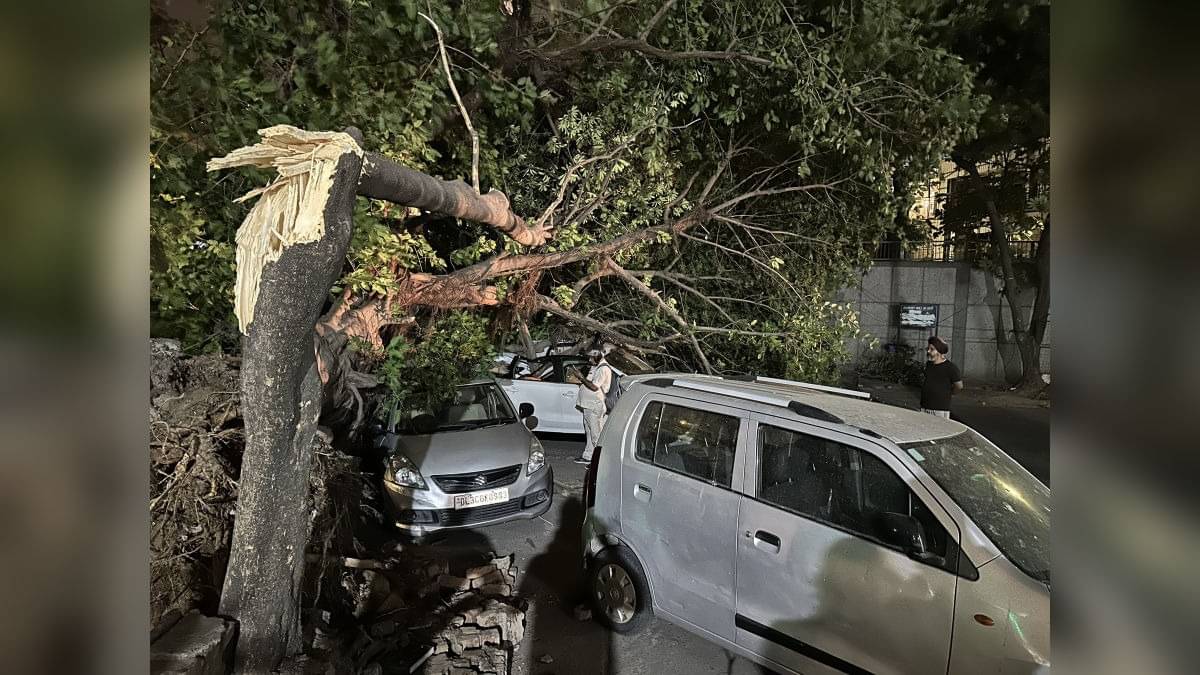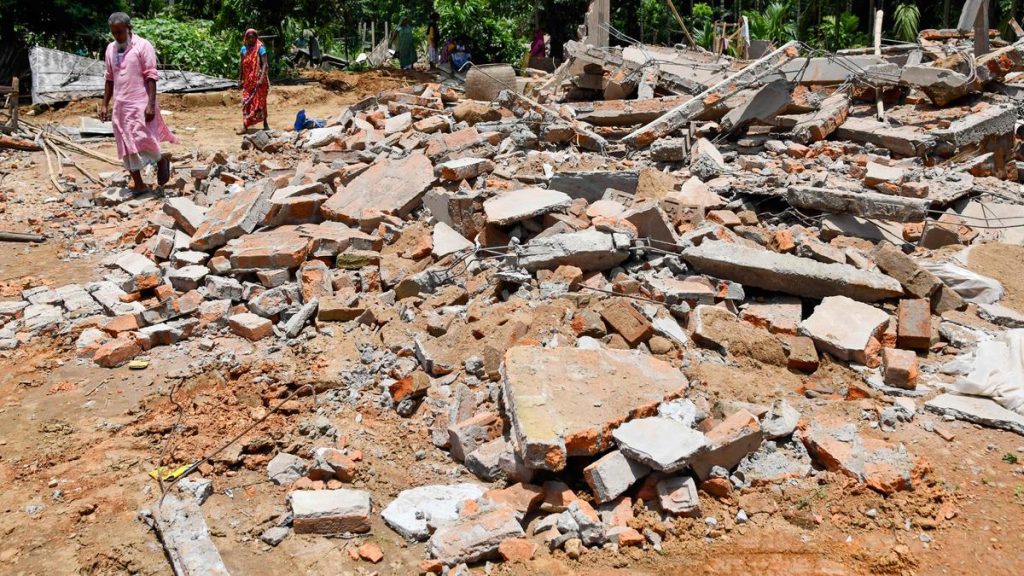Now Reading: Unseasonal Thunderstorms in Delhi-NCR: Decoding the Weather Shift
1
-
01
Unseasonal Thunderstorms in Delhi-NCR: Decoding the Weather Shift
Unseasonal Thunderstorms in Delhi-NCR: Decoding the Weather Shift

Quick Summary:
- Severe Weather in Delhi-NCR: gusty winds, thunderstorms, heavy rainfall, and hail disrupted daily life in delhi-NCR on Sunday morning.
- Unseasonal conditions Linked to Climate change: The recent rainfall exhibited characteristics similar to Kalbaisakhi-a pre-monsoon phenomenon typical of eastern India-due to climate change blurring regional weather patterns.
- Possible Causes Identified by Experts:
– Interaction between Mediterranean low-pressure systems wiht high local temperatures and moisture could trigger extreme weather.
– Cyclonic circulations over Haryana and Punjab might have intensified the activity leading to widespread hail and rain.
– Rising global temperatures are altering established weather patterns, fostering unseasonal conditions across regions.
- Safety Advisory: As monsoon approaches, citizens are urged to stay alert for infrastructure damage, avoid exposure during storms, follow IMD alerts closely.
Stay Informed With the Latest & Most Important News
Previous Post
Next Post
Loading Next Post...
























